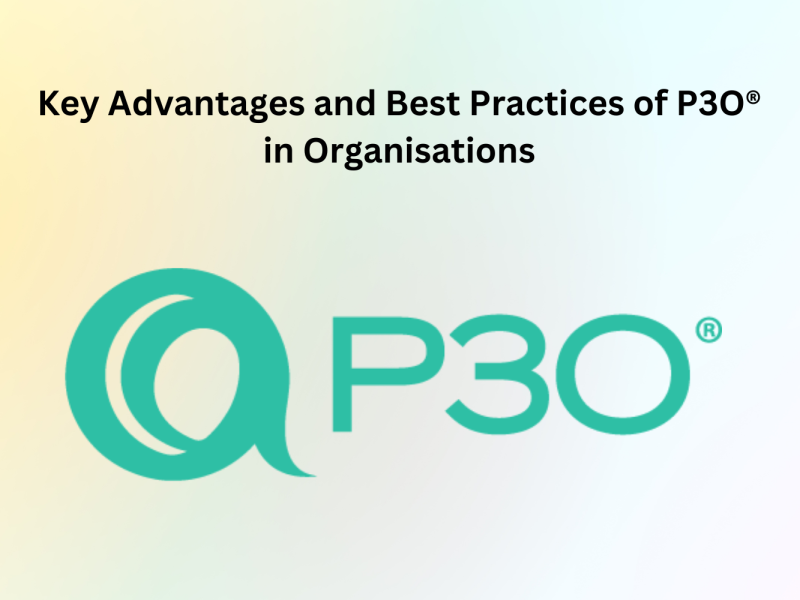In natural referencing, the semantic (or lexical) field is a set of words or key expressions revolving around the same theme.
Enriching the vocabulary of an article on the same theme can strengthen its SEO power. However, it is essential to optimize this semantic cocoon “naturally” in order to offer readers of your website quality content. Let’s discover SEOBRISK, in more detail, the semantic field.
Why work on the semantic field of your content?
In 2013, Google launched its “Hummingbird” update to better respond to more complex user queries.
The search engine is thus able to respond more precisely to questions or long-tail keywords (composed of 5 to 8 words). It then takes into account each of the words that make up the request to give the most appropriate response.
In 2019, the BERT update further improves the user experience.
The words are no longer interpreted individually by the algorithm. Google now processes queries as a whole. It apprehends the associations of words in the same sentence.
It is therefore now essential to offer content with a rich and developed vocabulary. The more the lexical field of your article is deployed, the more Google will identify it as quality content.
The objective for the search engine is to provide ever more precise answers. A vocabulary specific to a topic, even professional, is identified by the Google Bot as being complete and relevant.
How to optimize the lexical field of content?
However, to produce quality content, it is not enough to write a list of words placed randomly in your text.
💡Working on the semantic cocoon is essential to appear in a good position in search engine results.
Keyword research
The work begins with keyword research.
First, you will need to find the main keyword for each page, because it is around this that the semantic work will be oriented.
From this key query, you can then look at other words likely to enrich the vocabulary of your article. Among these words you can of course include cost per acquisition.
- secondary keywords,
- but also synonyms,
- Or relevant related keywords that will clarify the theme.
For example, the theme of the “semantic field” is above all literary.
It can be completed with words like “lexical field” or “lexicology”. However, to understand that we are talking about natural referencing, it will also be necessary to extend the semantic cocoon to keywords like “SEO”.
The analysis of the semantic field
Some tools can help you analyze the semantics of your text and therefore optimize it.
These help you know if your content has a sufficiently rich vocabulary for a given query. This is the case of 1.fr.
The latter analyzes your text and the data of your competitors (in the first results) to assign your web page a semantic optimization score (in percentage) on a target query. It invites you according to the note received to make some improvements.
💡 This tool is practical for finding keywords and optimizing its referencing, but you have to be careful about assigning notes.
Natural content
Web writing must remain natural.
If your content optimizes you’re positioning in Google searches, it is above all intended to be read by users. Over-optimization and “stuffing” of keywords is therefore to be avoided. You will lose consistency and fluidity of reading.
So do not absolutely try to place all your keywords. Focus on the most relevant! Your expertise in the lexical field will naturally complement each other. Do not hesitate to use technical terms, even if it means explaining them.
Would you like to be accompanied in the optimization of your content? Call on our professionals 😊
Also read: Youtube SEO: Tips and tricks for more clicks and followers


